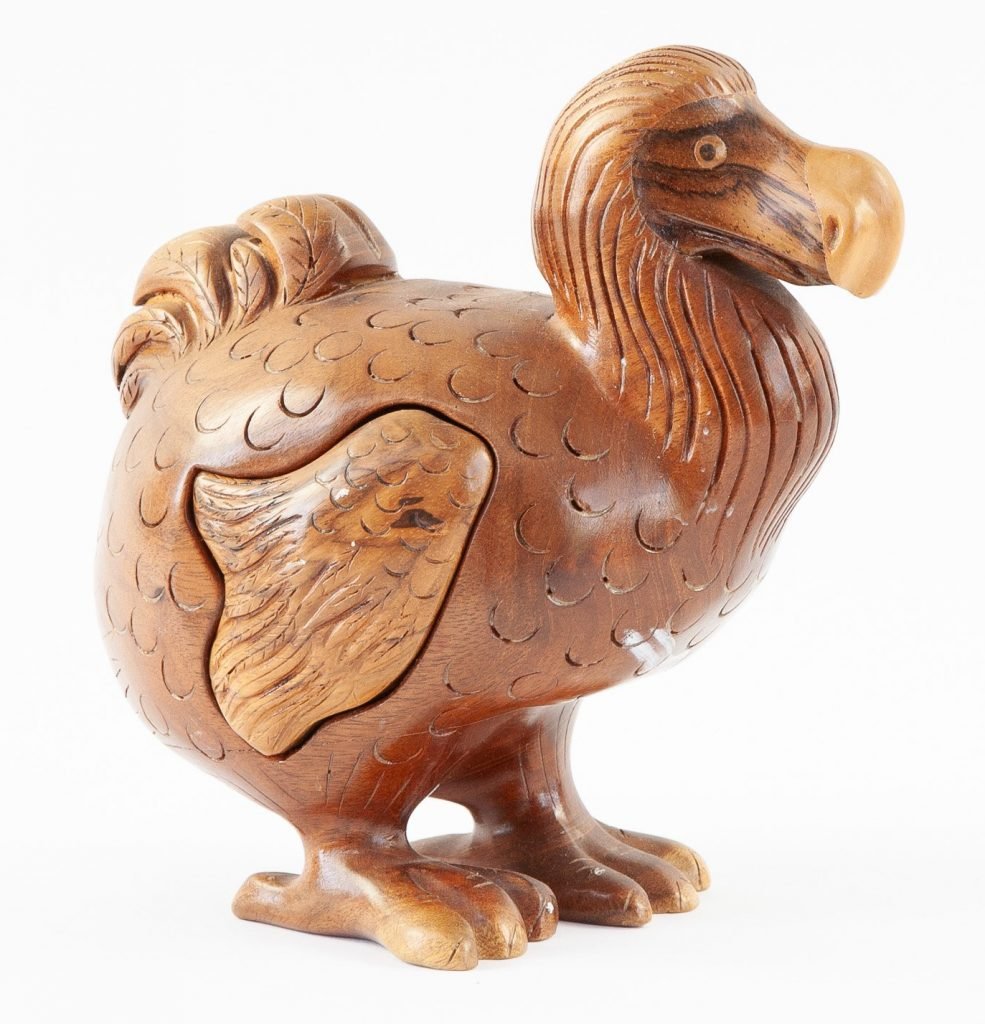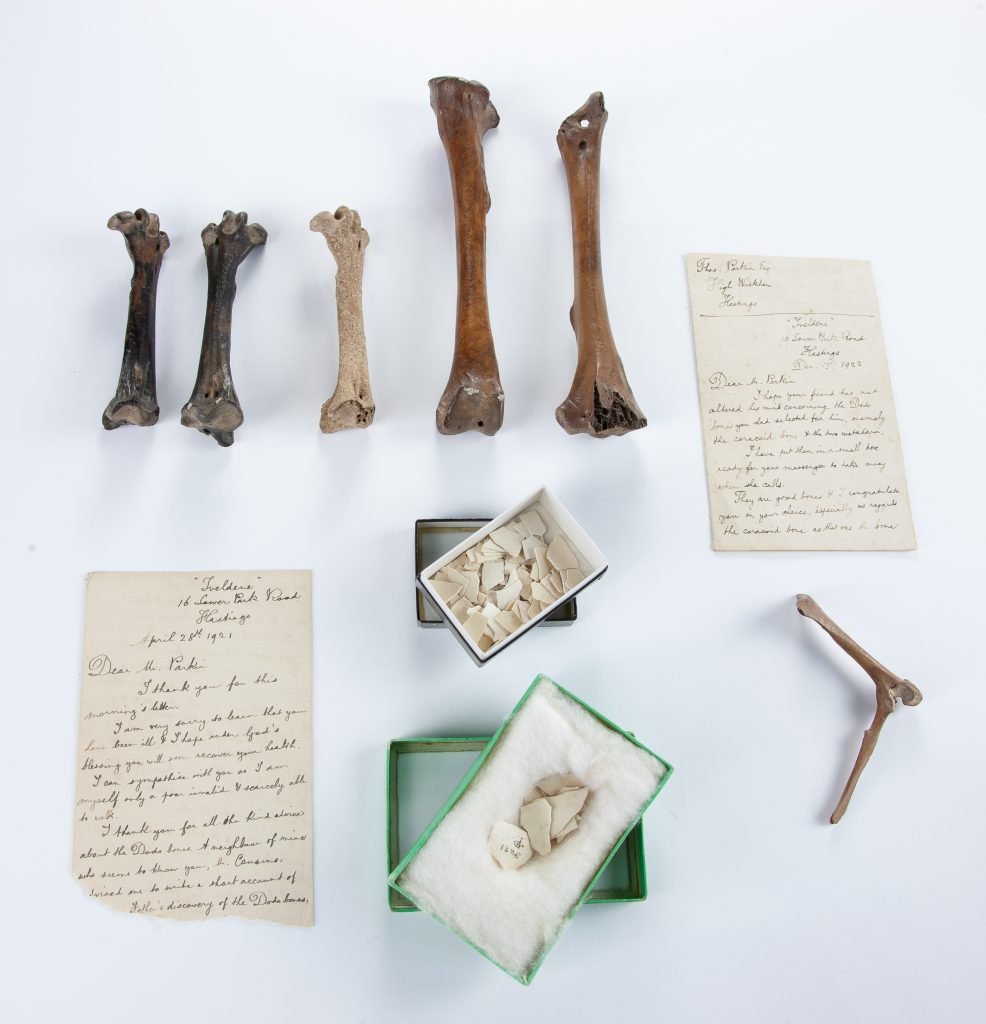Collectibles
The Collection of a Dodo Fanatic Heads to Auction
The collection—including some of the earliest dodo remains and paintings of the unfortunate bird—is expected to fetch at least $33,000.

The name of the flightless dodo bird may today be synonymous with ineptitude (its scientific appellation is, after all, didus ineptus), but the 19th-century scramble to find the first fossil remains of the extinct creature was anything but clumsy. The dodo was long considered a myth, the product of inaccurate descriptions by mariners and fanciful zoological thinking, but an 1848 monograph on the species, which was unique to Mauritius, challenged this view, sparking a race to find supporting evidence.
Leading the way was George Clark, a natural historian and schoolteacher on the Indian Ocean island, who in 1865 discovered numerous dodo bones in a marsh that abutted a railway embankment. Clark sent 100 bones in exchange for £100 (roughly $15,000 today) to the British Museum’s Richard Owen, who burnished his already sterling scientific reputation by besting fellow academics and publishing first.
Clark, however, kept many of his earliest dodo finds for himself. Some of these bones will be sold on September 24 at Summers Place Auctions, in southeast England.
Hugh Whistler, a celebrated ornithologist, acquired bones from Clark’s surviving family in the 1920s. His son, Ralfe, took collecting dodo remains and memorabilia to new heights. Whistler fils, who died in 2023, became a dodo expert, and his home was called Dodo House on account of his array of sculptures, drawings, trinkets, and specimens of the flightless bird.
Comprising more than 200 dodo-related artifacts, what is now known as the Whistler collection is estimated to total north of $33,000 when it comes up for sale. The auction came to Summers Place Auctions courtesy of a longstanding friendship between Whistler and Errol Fuller, the house’s natural history consultant.

A collection of some of the oldest lots from the dodo auction. Photo: Summers Place Auctions.
“The dodo is a bird close to our heart and we know how popular the bird is,” the auction house’s Rupert van der Werff said in an email. “This auction offers an opportunity to all those Dodo enthusiasts out there to buy a piece of this collection with prices starting at as little as £20 [$26].”
The top lots center on the febrile period of the 19th century, when the hunt for specimens first captured the public imagination, including a rare illustrated original of that 1848 monograph, The Dodo and its Kindred, by Strickland & Melville (estimated between $1,900 and $2,100).

One of the first dodo bones found by natural historian George Clark alongside a letter written by his daughter. Photo: Summers Place Auctions.
The top lot is a pectoral bone found by Clark, accompanied by a letter from his daughter, Edith (estimated between $10,600 and $13,200). These, van der Werff said, are the stars, “to use a much misused word; they are actually important and it is a rare opportunity for such a key to Dodo history to come to the market.”
There are two sets of tibiotarsus, a bone in a bird’s leg corresponding to the tibia, found in the 1800s (estimated between $5,300 and $7,900). One curiosity is a box of fragmented egg shards; it was once owned by Clark, who believed they were dodo eggs, though that position is yet to be scientifically tested (estimated between $270 and $530).
Elsewhere there’s a range of memorabilia that capture the bird’s place in popular culture, in some ways launched by Lewis Carroll’s 1865 classic book Alice’s Adventures in Wonderland, where it appears early on. This spans Mauritius bank notes and stamps with the dodo’s image, prints, and drawings by the likes of British artists Beryl Cook and Richard Bawden, and more than 20 sculptures of dodos.





